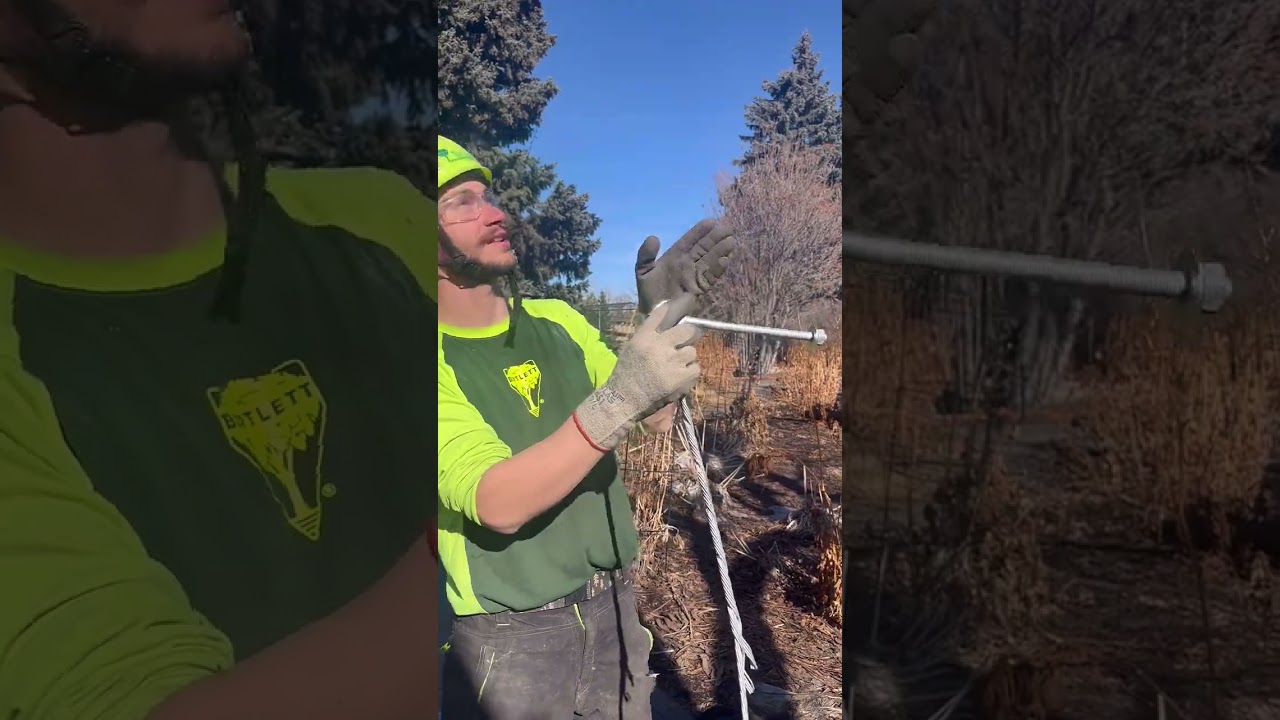- Understanding the biology and habitat of the Manchurian Walnut Cabling.
- Exploring the impact of environmental changes on Manchurian Walnut Cabling.
- The role of zoo management in conserving Manchurian Walnut Cabling.
- Integration of wildlife conservation practices in safeguarding Manchurian Walnut Cabling.
- The significance of public education in promoting awareness about Manchurian Walnut Cabling.
The Manchurian Walnut Cabling is an intriguing subject of study within zoology. Its unique biological traits and preferred habitats have been a point of curiosity for researchers, wildlife enthusiasts, and zoo management professionals. Primarily found in the temperate and subtropical regions, this species thrives in environments rich in walnut trees, which offer both food and a habitat. The walnut trees are crucial as they provide sustenance and shelter, thereby facilitating their lifecycle and reproductive success.
The biology of the Manchurian Walnut Cabling is characterized by its complex physical structure and adaptive behavior. Its length can vary, and it exhibits adaptive camouflage techniques that allow it to blend seamlessly into its environs, evading predators and ensuring survival. Another fascinating aspect is its dietary requirement that relies predominantly on the walnut itself — not just for nourishment but also for securing nesting spaces. These adaptive features enable Manchurian Walnut Cabling to thrive in a variety of ecosystems, provided that the essential walnut trees are abundant.
However, environmental changes, including deforestation, have significantly impacted the habitat of the Manchurian Walnut Cabling. Human activities, leading to habitat fragmentation and pollution, pose a serious threat to its survival. Climate change further exacerbates these issues, affecting the growth and availability of walnut trees. As temperatures fluctuate and seasons alter, the delicate balance within these wildlife communities is disturbed, resulting in diminished food resources and living spaces. Therefore, understanding and addressing these environmental challenges is imperative for the continued existence of Manchurian Walnut Cabling.
Zoo management plays a pivotal role in conserving Manchurian Walnut Cabling. By establishing dedicated research and breeding programs, zoos around the world provide a sanctuary for these animals. Zoo professionals meticulously monitor their health, ensuring they adapt well in captivity while maintaining genetic diversity. Furthermore, through observation and research, zoos contribute valuable data regarding the behavior, diet, and reproduction of Manchurian Walnut Cabling, which is crucial for formulating conservation strategies.
Conservation efforts must also focus on the integration of sustainable wildlife conservation practices. Protecting and restoring natural habitats by planting walnut trees is a sustainable step toward preserving ecosystems that support Manchurian Walnut Cabling. Additionally, engaging local communities in conservation efforts can foster a symbiotic relationship between humans and wildlife. Incentives for protecting natural habitats and resources empower local populations to become active participants in conservation initiatives, fostering a sense of shared responsibility for the ecosystem’s health.
Public education is equally important in promoting awareness about the Manchurian Walnut Cabling. Informative programs, workshops, and tours at zoos enlighten the public about the ecological significance of these creatures, highlighting their contribution to biodiversity and ecosystem balance. Educational materials should emphasize the critical role each individual can play in conservation through actionable steps such as reducing environmental footprint, supporting reforestation projects, and appreciating the interconnectedness of all living organisms.
Through dedicated research, community engagement, and innovative conservation strategies, we can ensure the continued existence of Manchurian Walnut Cabling. Public engagement, supported by accurate and accessible information, can foster a global community that values and protects diverse fauna. As we move forward, a commitment to environmental stewardship and scientific inquiry will be essential in protecting not only Manchurian Walnut Cabling but also the broader tapestry of life on Earth.
*****
Source Description
Wood you believe that it’s #InternationalDayofForests? 🌳🌲🌴
Forests are an essential ecosystem for animals across the zoo and around the world. Here at the zoo, we’re growing our own forest in the Arboretum section of the Dorothy Harvie Gardens. One of the star trees in our collection is a Manchurian walnut, which is typically found in temperate east Asia to far eastern Russia. With its ability to withstand temperatures of -45° Celsius, this tree can survive Alberta’s difficult conditions, but sometimes it needs a helping frond! 🌿
Our Manchurian walnut is listed by the Heritage Tree Foundation for its size, health and uniqueness. 💖 This tree started out in the 1980s as a group of tree suckers, and limited maintenance allowed it to grow into its multi-stemmed form. Our friends at Barlett Tree Experts have been helping us to care for this tree, including completing a resistograph, which measures the tree’s resistance to having a 3mm drill bit dig into the sapwood. We’re thrilled that the tree is in great health! 👏 To help maintain its structural integrity and safety for our staff, volunteers, and guests, the team at Bartlett recently assisted with cabling the tree. 💚
#YourZooYYC #Sponsorship #SponsorshipOpportunities


